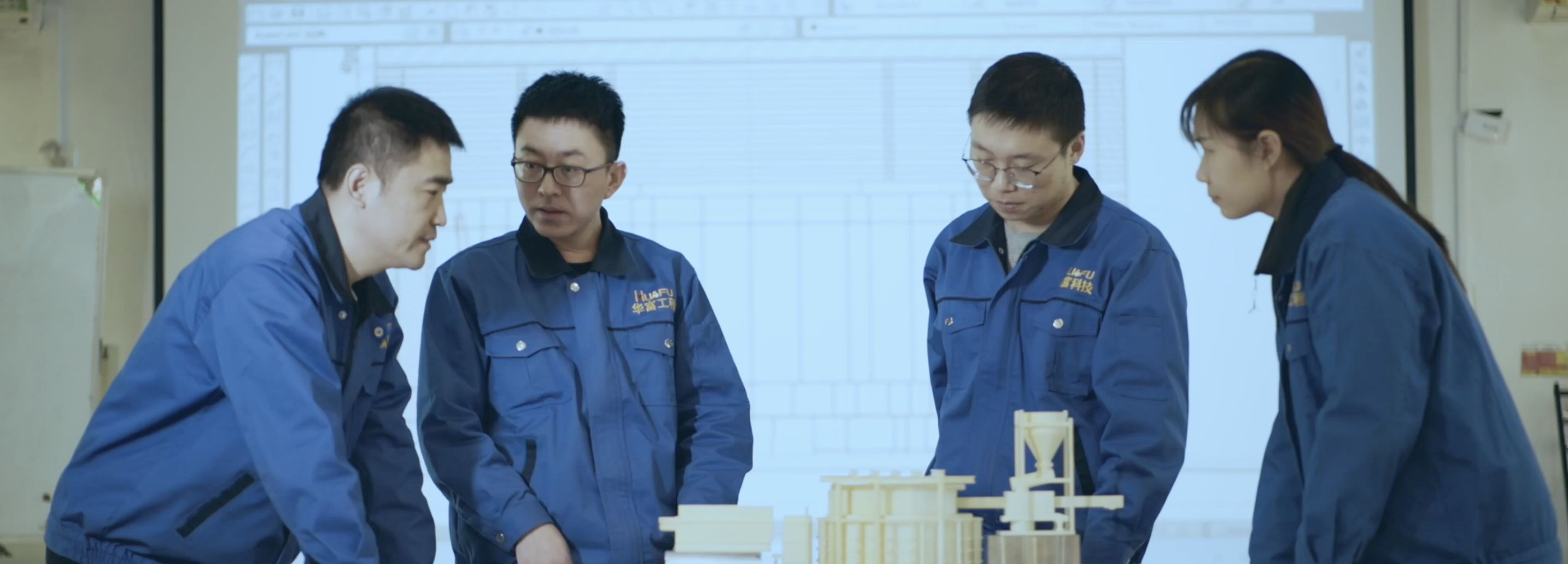Development of water jacket for glass electric melting furnace
Release time:
2024-12-07 00:00
Source:
With further development, FIC's high-quality electrode water jacket is used in the all-electric melting furnace with a very harsh environment, the water jacket is directly immersed in the glass liquid, and the front end of the water jacket is subjected to a high temperature of more than 1600 °C, however, it is a basic requirement for a water-cooled equipment with excellent performance to work like this.
The unique feature of this jacket is that its waterway is made of 310 pieces of sturdy stainless steel, this waterway system is a complete system, it can connect the waterway from top to bottom and the horizontal connection line at the closed end at the same time, FIC solves these waterway connection problems, the Maxi 'Q' water jacket has been in use for four years and has supplied more than 100 sets. However, the use of such water jackets is very expensive and is only used in the most difficult conditions, and the absence of any welds near the glass or refractory means that some potential weaknesses are completely eliminated.
The production process and the required temperature are also large enough for the waterway, generally the cross-section of the water jacket is about 50% larger, it has recently been found that these water jackets have other uses, they can be used in the top electrode system of the electric furnace, it is generally believed that the top electrode is to avoid the installation of electrodes and refractory materials, however, the efficiency of the water jacket in this system is very low, in order to make the water jacket more effective and prevent the molybdenum electrode from being oxidized, the water jacket must be immersed in the molten and clarified glass liquid, in the electric furnace, the temperature is generally 1550 °C or even higherTo avoid this, the builders of glass furnace systems recommend that the electrodes be pumped out and replaced periodically if the water jacket retracts back into the reaction layer when the glass is melted, the presence of particles in the raw material and the release of reactive gases.
Related News
The correct way to install and operate the glass electric melting cellar!
Glass electric melting cellar can produce many environmentally friendly products for us, but in order to ensure the safety of the workshop, we should master the correct method when installing and operating the glass electric melting cellar!
The main principle of glass electric melting furnace
Glass electric melting furnace is also called electric melting furnace, also known as electric melting furnace, when people find that high temperature glass can conduct electricity, electric energy can be used as a heat source to melt glass, that is, glass electric melting furnace to melt glass. The flame cellar began to be replaced by glass electric melting furnaces.
The difference between low borosilicate glass and high borosilicate glass
Low borosilicate glass and high borosilicate glass are different products, and their chemical composition is also very different, but both types of glass belong to the borosilicate glass family, and both have good heat resistance after tempering. Due to its mechanical strength, it has been widely used in various chemical, electrical, petroleum and other pressure vessels as a special viewing mirror for pressure vessels.
Development of water jacket for glass electric melting furnace
With further development, FIC's high-quality electrode water jacket is used in the all-electric melting furnace with a very harsh environment, the water jacket is directly immersed in the glass liquid, and the front end of the water jacket is subjected to a high temperature of more than 1600 °C, however, it is a basic requirement for a water-cooled equipment with excellent performance to work like this.
Chemical reaction in a glass electric melting furnace
As our main machine products for glass processing, the glass electric melting furnace has a pivotal position, so we want to tell you about the relevant knowledge of this glass electric melting furnace today, I hope you can read it carefully.
The degree of high temperature resistance of the glass electric melting furnace
The glass processing industry is an unpopular industry in China, and there are few people engaged in it, but our annual demand for glass is indeed the first in the world, and such a large demand-supply ratio has not led to a large number of practitioners to change careers, what is the reason for this? I think maybe I don't know much about professional glass electric melting furnace technology. Many people have never been involved in this field, and they don't know much about its technology, so this is the main factor in the current lack of talent in the glass industry.


